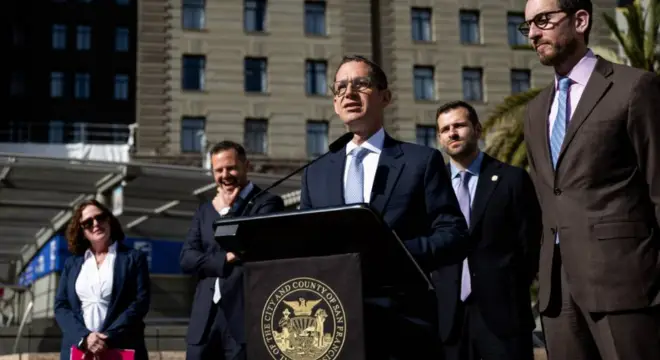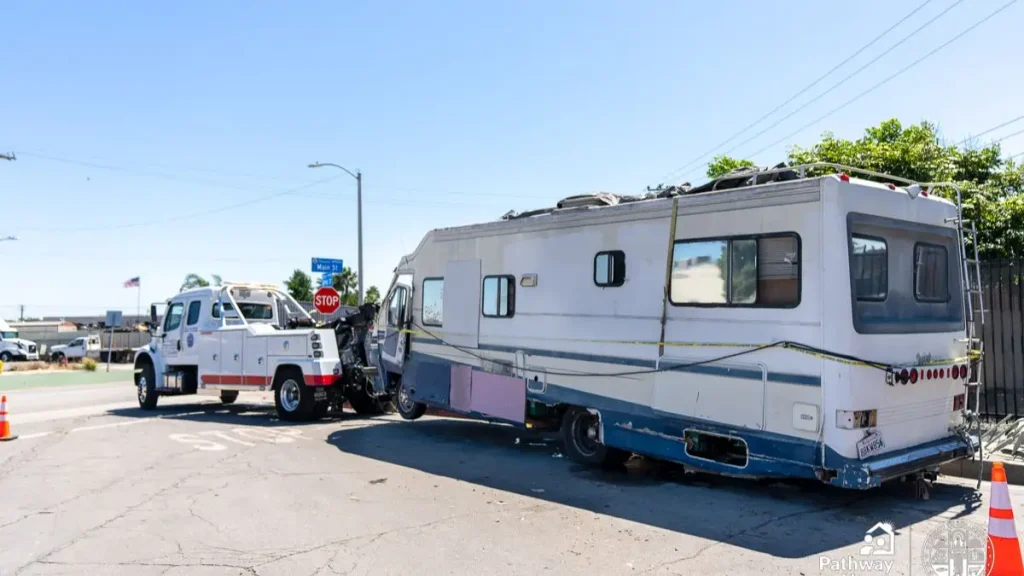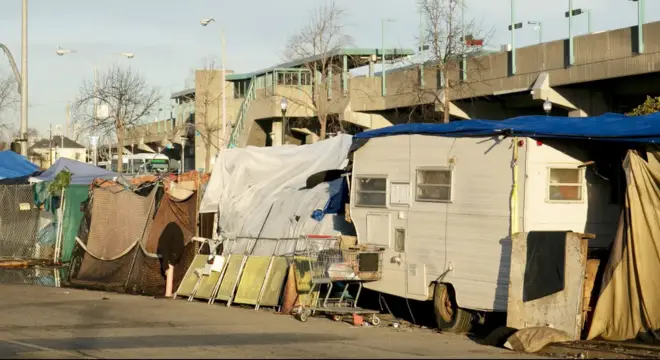Behavioral Health Stabilization Center: A Vital Resource for the Tenderloin Community and Beyond
What’s happening in San Francisco’s Tenderloin district right now? Why is this neighborhood at the center of so much attention when it comes to mental health crises and homelessness? And how can new initiatives, like the Behavioral Health Stabilization Center, make a real impact in turning things around?
The Tenderloin has had a long history of being one of the most troubled neighborhoods in the city, often dealing with mental health and homelessness challenges. That’s why the new bias-friendly 24/7 Behavioral Health Stabilization Center, in partnership with the San Francisco Department of Public Health and Crestwood Behavioral Health Inc., is a big step in the right direction. This center will offer immediate care for people having a mental health crisis. However, what does this really mean for the residents of Tenderloin and the city?
Let’s explore how this initiative could shape the future of mental health care and homelessness solutions in San Francisco.
2. Background Information
Tenderloin Health Crisis:
What’s been going on in the Tenderloin for so long? This neighborhood has dealt with homelessness and mental health issues for years, and yet, the situation has deteriorated. Residents of the neighborhood are calling for better mental health services, but how long can the city wait?
The Tenderloin has become a telling case about the difficulties San Francisco has faced in providing care when the streets are crowded and there is little to no support for those in crisis at the moment when they need help. The demand for comprehensive mental health resources may be at its highest level to date, and it is obvious the system isn’t keeping pace.
City’s Initiative:
Well, what is the city doing? In order to address the worsening crisis, San Francisco opened the Behavioral Health Stabilization Center. This 24/7 facility provides immediate care for individuals going through a mental health crisis. Immediate care is more effective than police intervention.
Is it enough? This is only one part of a larger strategy, but the center is an important step towards improving the way the city responds to mental health emergencies, and the center is a beacon of hope for actual change in the Tenderloin.
3. Key Features of the Behavioral Health Stabilization Center
Location:
Where can people in need find immediate support? The Behavioral Health Stabilization Center is located at 822 Geary Street in the heart of the Tenderloin, the area most affected by mental health crises and homelessness.
Operational Details:
When is it open? The center will open on April 28th, 2025, and will be open 24/7 to provide care to those that are experiencing a crisis. Its main purpose? To stabilize and keep people safe who are experiencing mental health crises, in a way that supports their recovery, without law enforcement involvement.
Services Provided:
What type of care is available? The center provides comprehensive care with a team, including doctors, nurses, and mental health professionals, providing both medical and behavioral health care services, as well as working collaboratively with other city services in order to help ensure patients have shelter and long-term care once stabilized.
Infrastructure:
How was the center funded? The center was funded by a $6.7 million state grant to create a “police-friendly space” for individuals experiencing mental health crises. The facility was built to be a calming and friendly environment and is built for patient care rather than law enforcement.
4. Goals and Mission of the Center
What’s the mission behind this center? The Behavioral Health Stabilization Center is designed with clear goals in mind:
- Immediate Access to Care: Ensuring individuals in mental health crises get help right when they need it, without long wait times or unnecessary barriers.
- Safe, Supportive Environment: Creating a space where patients can stabilize in peace, free from the stress and danger that can come with traditional emergency responses.
- Long-Term Connections: The center doesn’t just stabilize; it’s focused on connecting people with long-term mental health care and housing solutions, so recovery doesn’t stop at the door.
- De-Escalation, Not Arrest: One of the center’s key goals is to handle crises without involving law enforcement, promoting safer, healthier communities by focusing on de-escalation and support.

5. Community and City Reactions
Support from Local Leaders:
What is the city’s leadership saying about this new center? Mayor Daniel Lurie stressed that the project fits into his “Breaking the Cycle” plan, which tries to be a deeper dive into why people are homeless and to enhance mental health systems across San Francisco. The center is viewed as a significant effort in dealing with the continuing problems surrounding homelessness and providing more mental health services.
Public Concerns:
But how do residents feel? While the center is welcome in the Tenderloin, many are expressing frustration that we need to distribute mental health and homelessness resources more equitably across the city. There is increasing frustration that South of Market and Bayview – who face similar issues – are not receiving similar services.
Acknowledgment of Long-Term Issues:
As excited as we are about the new center, city residents realize that the long-term homelessness situation is not over. The real question is: can San Francisco sustain its momentum and broaden its approach to develop a more thorough, citywide solution for mental health and homelessness?
6. Challenges and Opportunities
Challenges: The Behavioral Health Stabilization Center is a positive development, but challenges still remain. One of the key challenges is if the center will have the ability to meet the need for increasing mental health resources. More people in crisis will be reaching out, and we need to ensure that the center won’t be overwhelmed. Another challenge is ensuring that the rest of the city is providing adequate support to ensure that certain neighborhoods will not draw too many resources.
Opportunities: However, this gives rise to great opportunities similar to beyond this center. It has great potential to act as a model for similar traumatic mental health and homelessness urban dilemmas. If successful, it could lead to future service expansions throughout the city of San Francisco, to other areas in distress that need the service but have no current resources.
7. Conclusion
The Behavioral Health Stabilization Center is an important milestone for the Tenderloin community and important support for those experiencing a mental health crisis, but it’s clear – this is just one piece of a broader solution. It is important to continue challenging ourselves to improve services citywide for all neighborhoods, otherwise, they do not have the support they need.
To truly change the situation, buy-in from government, community, and health care is crucial. It is time to bring the focus together and take action on the larger crisis of mental health and homelessness in San Francisco, and create lasting change for all.


